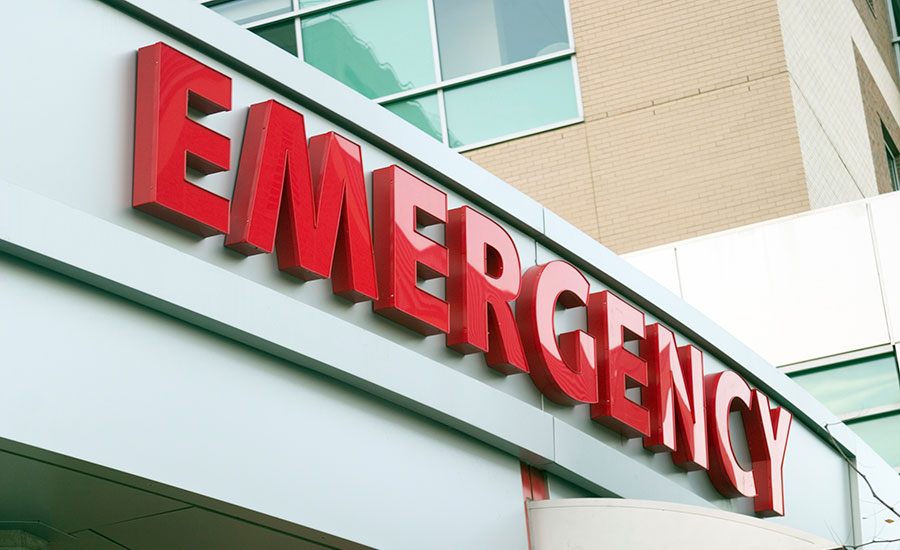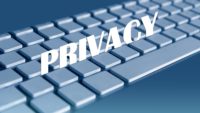This past year was a turbulent one across all industries and sectors. From the opening days of the virus, to the shutdowns that followed and now this half open / half closed environment we’re operating in, the only constant has been that we don’t know what tomorrow will bring. To put it mildly, this uncertainty has placed leaders and staff in increasingly difficult situations, as COVID-19 and its associated concerns have caused some industries to grind to a halt, while others have been forced to continuously adapt to stay afloat.
In the midst of this confusion, we’ve continued to witness significant changes in the processes and operations that companies traditionally rely on to conduct business – with a majority of organizations relying on remote work to safely continue operations. Considering this, it’s no wonder that attackers have realized that there is a significant incentive to take advantage of already vulnerable personnel, and further, the confusion and panic that workers are rightfully experiencing during the pandemic.
But just as these harmful attacks have grown, so have efficiencies and positive developments in areas elsewhere. It’s not all Fear Uncertainty Doubt (FUD) – rather, we’re also seeing old inefficient processes thrown out, while advancements in the way we work together have leap frogged months and even years in some instances. Like all things in life, it’s this mix of good and bad that I predict we'll continue to witness in 2021, with particular attention paid to the following themes related to healthcare and cybersecurity.
COVID-19 related cyberattacks continue well into 2021
As the recent Ryuk attacks have shown, cyberattackers are intent on preying on organizations during this moment of vulnerability. This month alone, we saw a suspected state-sponsored attack against the COVID-19 vaccine supply chain, while cyberattacks in general have steadily risen to never before seen levels.
Looking to the months ahead, this trend of coronavirus cyberattacks will only accelerate as we move into the next phase of recovery. Ransomware attacks, in particular, will remain at a high level and organizations must invest in employee awareness training and technological solutions to defend against these threats. Hospitals will continue to be targeted at a high rate, especially when one considers the stress and duress that frontline workers are placed under on a daily basis, as well as the opportunity to target the administrative staff and leaders supporting these individuals.
As a countermeasure, organizations should turn to solutions like zero trust and continuous authentication to overcome these challenges and protect their workers from attacks based on human-nature. For healthcare in particular, organizations must put in place processes like network segmentation to secure their IoT and general medical devices, as these endpoints represent a significant access point for nefarious actors to penetrate a network, hijack critical processes and overall, disrupt the life-saving care needed to content with this pandemic.
Organizations contend with the device goldrush
While the rapid growth of the IoT has been underway and predicted to explode for years, the past nine months saw a true expansion of devices connecting to organizations’ networks. As the trend of remote care continues in 2021, so will the number of IoT devices connecting to an organization’s network from a variety of secure and unsecure locations. In healthcare, this trend is one that’s particularly timely, as the distancing restrictions have caused all non-essential care to be replaced by telehealth and remote patient monitoring solutions, all of which rely on a variety of devices and the transmission of critical data to complete.
We’ll continue to see the adoption of IoT devices to provide care as well as the creation and adoption of the necessary security protocols to protect these devices. This includes laptops, cellular phones, tablets, and a range of remote patient monitoring devices – everything from an Apple Watch to a device used to treat chronic disease. As the medical IoT becomes wider and more connected, hospitals will not only have to secure these endpoints, but also devise the best ways to manage patient information and use it to inform care and treatment processes. The upcoming year should be quite influential as organizations look to shore up their networks while refining processes and ensuring that all endpoints used for care are accounted for and protected against outside intrusion.
Budgets will continue to be squeezed by coronavirus fall
The financial impact of COVID-19 has been widely reported, and while the promise of a new vaccine seems poised to bring much needed relief, it could be quite some time before we witness a true turnaround in budgets and profitability. In heavily impacted industries – such as healthcare – the urgent need to reallocate resources has squeezed already razor-thin budgets, while leadership and staff have been asked to do more with less.
Unfortunately, this is a trend that doesn’t seem likely to turnaround in the upcoming months, with much of the country still operating in a reduced capacity. For healthcare, a primary cause of this windfall has been the reduction in elective surgeries, due to millions of American workers losing their health insurance as a result of unemployment. Additionally, many hospitals have voluntarily canceled these surgeries to clear bed space and free up staff to prepare for COVID-19 patients. It’s likely that elective surgeries and other revenue generating activities will remain affected through the first quarter of 2021. These organizations are now tasked with incorporating solutions that will not only enable them to deliver more effective care but do so in a way that is efficient and budget-friendly.
Thankfully, new advancements in information technology are providing some relief from both a security and operations standpoint. New industry partnerships and developments mean that an increasing number of solutions offer multiple benefits, such as the ability to not only locate and secure devices, but also use their insights to streamline operations and bolster patient care. Whether it’s assessing the availability of ventilators in a frontline hospital or creating a staffing model based on demonstrable productivity, it’s these types of malleable solutions that will help organizations to remain nimble and functional while endeavoring to keep costs low.




